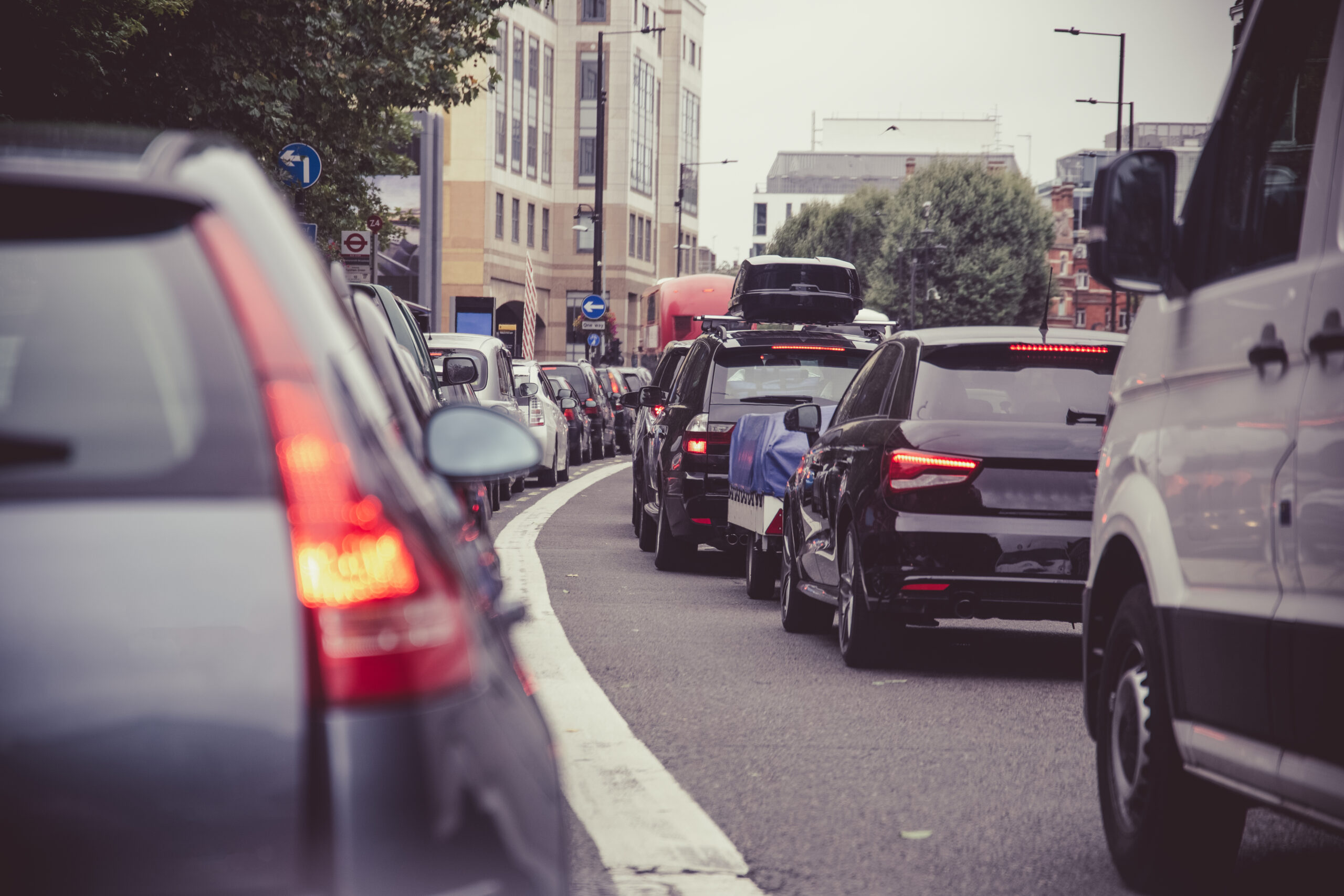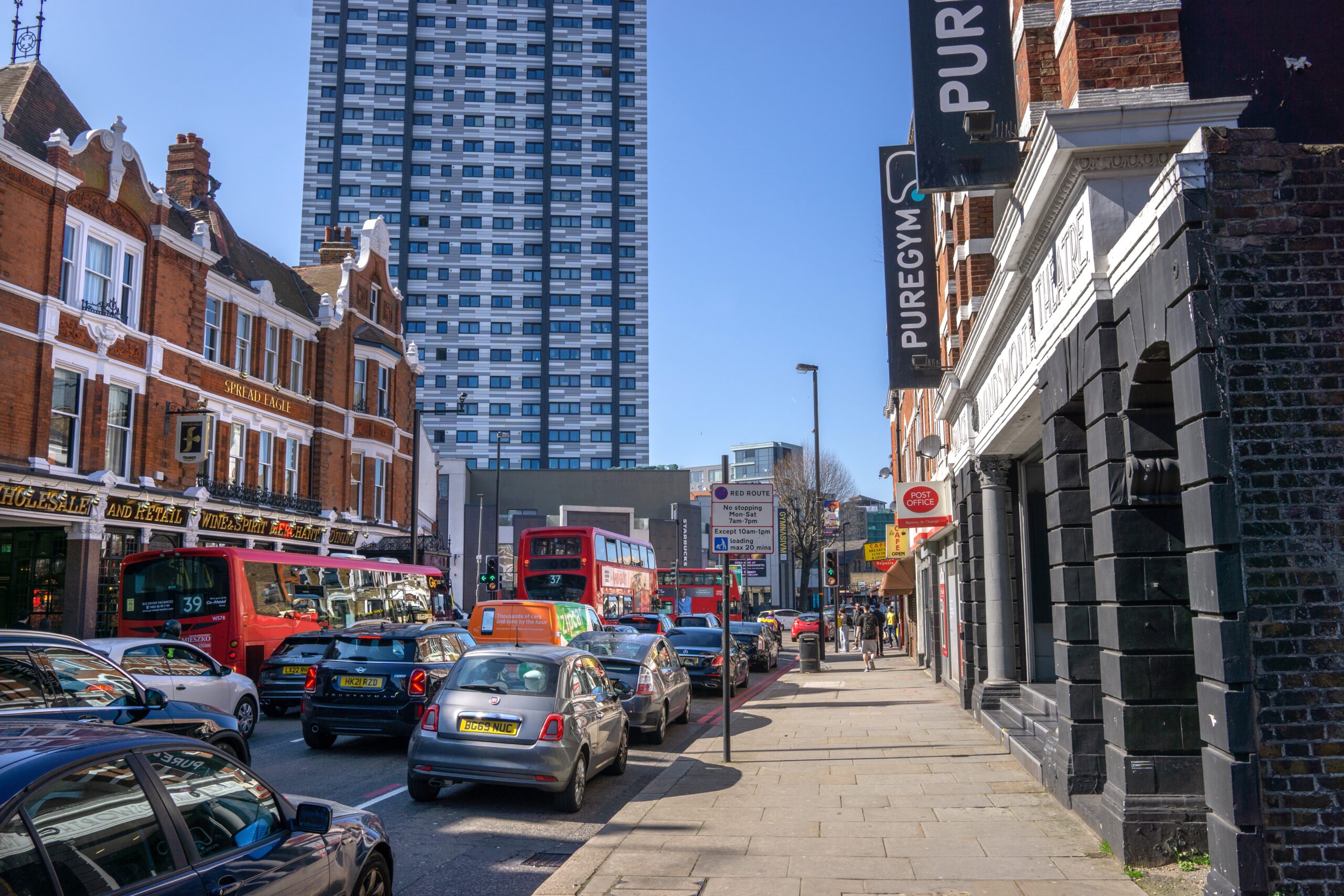Urban clearways and clearways are road restrictions that drivers often see, but many don’t understand. However, they play a vital part in keeping roads safe and traffic flowing on many roads throughout the UK.
In this handy guide, we will break down what urban clearways, clearways, and red routes are, the restrictions and penalties that may apply, and how knowing the rules can help in your day-to-day driving.
What is an urban clearway?
An urban clearway is part of a road in urban areas where stopping, parking, and sometimes loading and unloading vehicles are restricted or prohibited during specific times.
Ignoring the restrictions of an urban clearway may result in fines or penalties, so it is important to pay attention to the signs and avoid breaking the rules.
An urban clearway’s exact rules and restrictions may vary between cities or countries, so it is essential to refer to local traffic regulations or signage to understand the specific restrictions and timings in a particular area.
For example, if you are taking driving lessons in Edinburgh, there are Greenways, which function similarly to urban clearways. They have green road surfaces (hence the name Greenways) and enforce strict no-stopping rules.
Why do urban clearways exist?
The purpose of urban clearways is to keep traffic flowing smoothly and reduce congestion in busy areas where there is heavy traffic. By putting restrictions on waiting and parking in place, traffic is able to keep moving and is not slowed down further by parked vehicles.
An urban clearway will only operate during certain hours. During this time, you are not allowed to stop your vehicle on the road or the side of the road, except when picking up or dropping off passengers. Typically, this will be when traffic is at its busiest, often during morning and evening rush hours.
There are no unique road markings along an urban clearway, but there will be repeater signs throughout to make it clear where the restrictions begin and end. Sometimes, there will also be yellow lines along the road.
How to spot and understand an urban clearway sign
Urban clearway signs are brightly coloured to catch attention. They will have the symbol of a blue circle with a red border and diagonal line, plus a time plate.
The time plate on urban clearway signs will clearly detail the hours when the restrictions on stopping and parking apply. Outside of these times, you can park and stop as normal along the road.
Urban clearway Monday to Friday sign
Many urban clearways apply only during peak workday traffic hours, and so only operate during weekdays (Monday to Friday) during these times. For example, the sign at the top of this article is for an urban clearway that operates from Monday to Friday between the hours of 8am and 9.30am, and 4.30pm and 6.30pm, when traffic is at its heaviest.
End of urban clearway sign
An end of urban clearway sign tells drivers where the restrictions of the urban clearway stop. You can tell when the urban clearway has ended when you see a sign reading, “End”, like the sign below.
No matter the time of day, the urban clearway restrictions will not extend past this sign. Normal parking and waiting rules will apply beyond this point.
When may you stop on an urban clearway?
If you have entered an urban clearway at a time when restrictions are in place, you can only stop in specific circumstances. These are:
- When you need to drop off or pick up passengers quickly (you must not wait around for them).
- If you are waiting in a queue of traffic.
- If you are requested to stop by a traffic officer or the police.
- If your car has broken down or had an accident.
Always check the signs for the urban clearway to see the times when the restrictions start and end, as well as where the urban clearway begins and finishes. Outside of this time period and area, normal waiting and parking rules apply.
Top Tip
Where you see an urban clearway sign in an area, you will often be required to pay and display as well, as it’s likely a popular area to stop.
When I’m out taking learners on driving lessons in London these are very clear, so be sure to look around and look at other cars to see if they are displaying parking tickets. Many parking meters require you to pay by phone, so even looking out for other cars with tickets isn’t always a 100% guarantee.
You will usually only be able to park in these places for a maximum of 2-4 hours.
Susanna Fox – Driving instructor in Mill Hill
Clearway vs urban clearway
Though they are both types of no-stopping restrictions, a clearway is different from an urban clearway. Unlike an urban clearway, stopping is never allowed on a clearway, and never to pick up or drop off passengers. You may only stop if one of the three following circumstances applies:
- You are waiting in a queue of traffic.
- You are stopping at the request of a traffic officer or the police.
- Your vehicle has broken down or had an accident.
Clearways are often found on busy, fast roads (such as major A-roads, dual carriageways, rural roads, and bypasses) where it is not safe to stop.
The sign for a clearway is a similar blue circle with a red border and a red cross. It will not have a yellow time plate on it because the restrictions are not limited to a specific time, like with an urban clearway, but apply all the time.
What is a red route clearway?
A red route clearway, also known as a red route, is another type of traffic management strategy in some cities to help keep traffic moving along major arterial roads. For example, if you are taking driving lessons in Leeds, you will see them on Century Way and both sides of the East Leeds Orbital Route.
On a red route clearway, the road will be marked along its edges with red lines. These red lines indicate that specific rules and restrictions apply, and stopping, parking, loading, and unloading are forbidden. Similar to urban clearways, all red routes are meant to keep traffic flowing by reducing congestion.
They are normally found on busy roads and key transportation corridors.

Red routes are usually enforced through regular patrols and CCTV cameras to stop people breaking the rules. Vehicles that stop or park on a red route clearway may receive a penalty, which can include fines and possible towing.
The rules and enforcement methods of red routes can vary between cities; for example, in London the penalty for not obeying the rules on red routes is a charge of £160, reduced to £80 if you pay within 14 days, but different cities can have different charges. Therefore, it is important to always check the local traffic regulations or official sources for the exact rules and restrictions of red route clearways where you are.
The urban clearway sign: what to remember
Urban clearways exist to keep traffic flowing and prevent busy areas of traffic from becoming worse during their busiest times of day. You may quickly drop off or pick up passengers, or stop in an emergency, but otherwise, you could face a penalty. Noticing and understanding these signs will not only help you avoid an unnecessary fine but also help reduce congestion on the roads for everyone.
No one wants to be stuck in gridlocked traffic on their way to work. By paying attention to the restrictions in place on urban clearways, red route clearways, and clearways, we can keep the traffic moving.

Written by Anthony Johnson
Grade A - 51/51
ORDIT Registered Trainer











